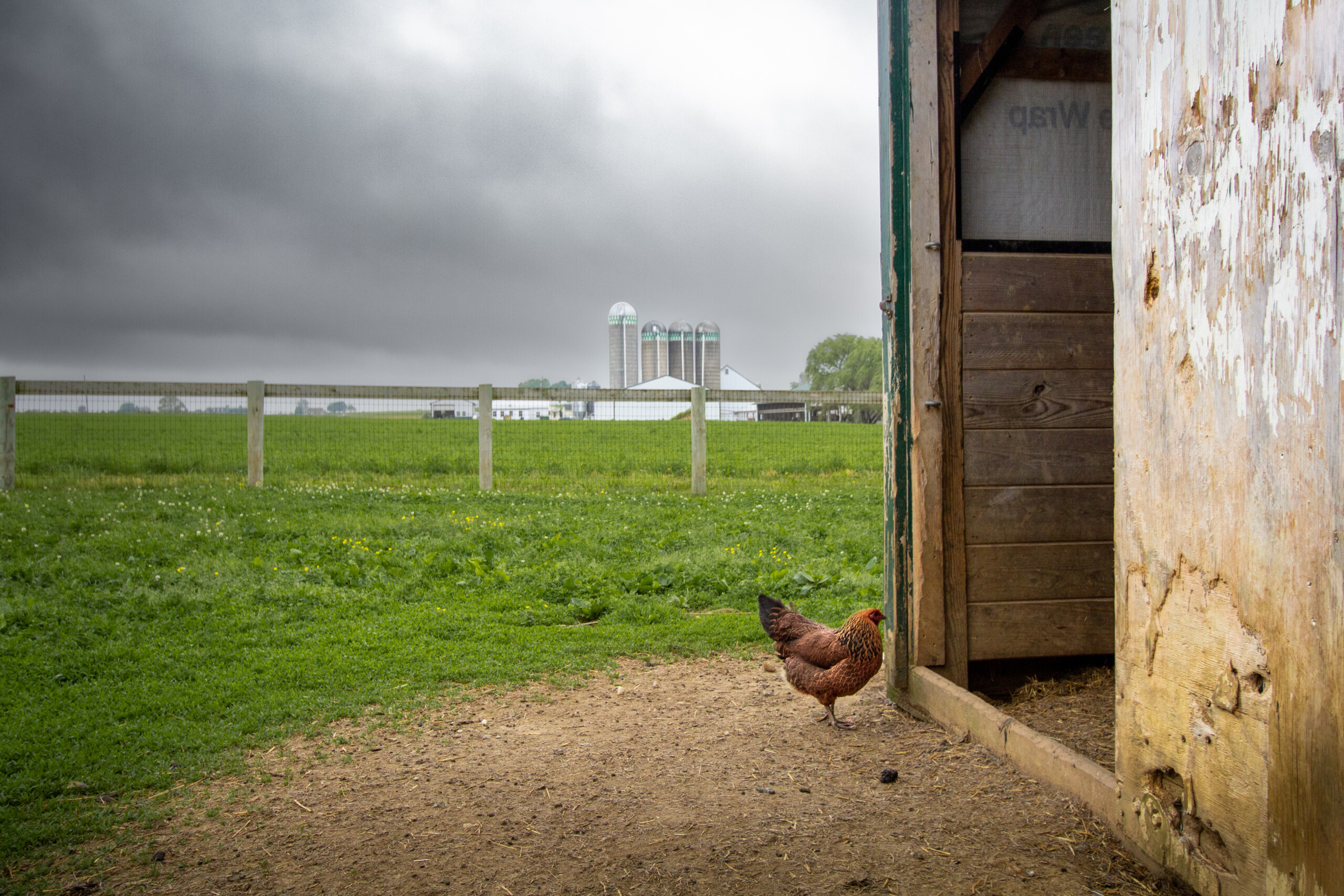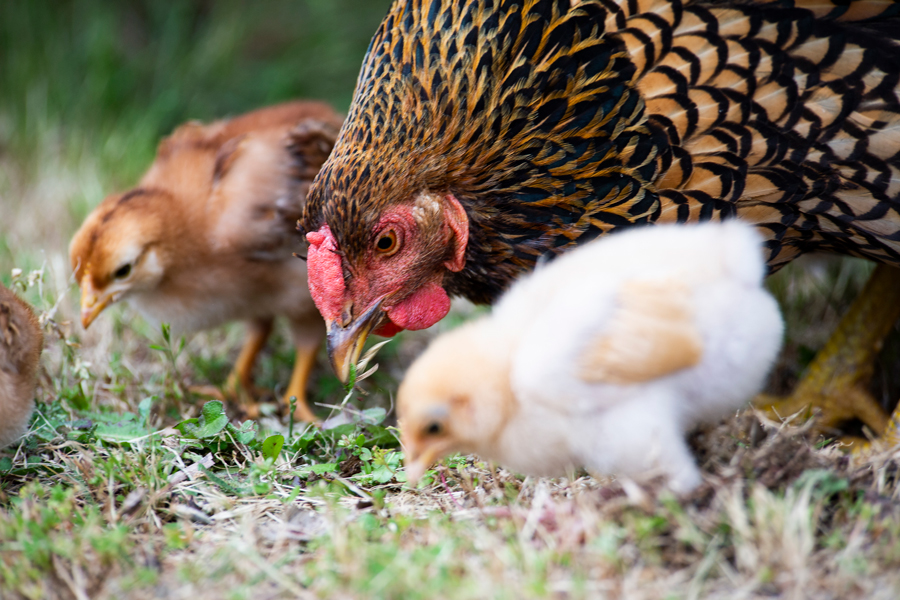Poultry Science
-

This publication (WUFFDA) provides a program designed to help formulate feeds for poultry and swine. It is available in the following languages: Afrikaanse, Chinese, Croatian, English, French, Korean, Minnesotan, Portuguese, Russian, Spanish, Turkish and Farsi.
Gene M. Pesti, Chongxiao (Sean) Chen, Remzi I. Bakalli, Mike Azain, Dmitry V Vedenov, and Michael J. Azain
|
-

Commercial poultry producers are looking for ways to improve their environmental impact and also to increase their profitability. Using container composters as a method of daily mortality disposal can be a viable option. Container composters are environmentally friendly compared to the incineration of carcasses, which can result in the emission of atmospheric particulates and greenhouse gases.
Casey W. Ritz, Claudia Dunkley, and Lilong Chai
|
-

Composting is an age-old practice that has been adapted as a means of daily animal mortality disposal and can be beneficial for the environment. This publication describes how to compost poultry mortalities.
Casey W. Ritz and Claudia Dunkley
|
-

B 1408-SP
Compostaje Básico Para el Avicultor
Composteo es una vieja práctica, muy benéfica para el medio ambiente, utilizada para la eliminacion y disposición diaria de los animales muertos.
[Composting is an age-old practice that has been adapted as a means of daily animal mortality disposal and can be beneficial for the environment. This publication describes how to compost poultry mortalities.]
Casey W. Ritz and Claudia Dunkley
|
-

This publication provides information relevant for agriculture and other industries that are under increasing public pressure to reduce emissions of certain atmospheric gases. Explanations are given about greenhouse gases, carbon footprints, reducing fossil fuel use, alternative energy sources, manure management and carbon credits. Knowing your carbon footprint or energy use can help poultry producers reduce the amount of energy they use and improve their bottom line.
Claudia Dunkley
|
-

The cumulative greenhouse gas (GHG) emissions from any human activity are commonly referred to as the carbon footprint. The Poultry Carbon Footprint Calculation Tool was developed and designed specifically for poultry production farms. The tool can be used to estimate the greenhouse gas (GHG) emissions from pullet, breeder, and broiler grow-out farms.
This publication provides an overview for poultry producers on how to use the tool and gives recommended applications. The tool can be downloaded from
https://poultry.caes.uga.edu/content/dam/caes-subsite/poultry/documents/GHG-Calc-Tool.xlsmJohn W. Worley, Brian D. Fairchild, and Claudia Dunkley
|
-

Pine shavings are the most popular bedding material used in poultry houses. Due in part to the expansion of the poultry industry, pine shavings are in short supply, and alternative bedding materials are being tested.
Giant miscanthus grass (GMG) is one such material. GMG is a perennial grass that is dried and chopped into one-inch pieces for bedding. When compared to pine shavings, GMG is a good option for bedding material in poultry houses.
Casey W. Ritz and Claudia Dunkley
|
-

This publication focuses on raising a small flock of chickens (50 or less) for meat and eggs (either for hatching or eating).
Claudia Dunkley
|
-

The Water Stewardship Act is intended to demonstrate Georgia’s deep commitment to the conservation of critical freshwater supplies. This publication provides an overview of the major provisions affecting Georgia farmers and their use of the state’s most precious resource: WATER.
Brian H Kiepper
|